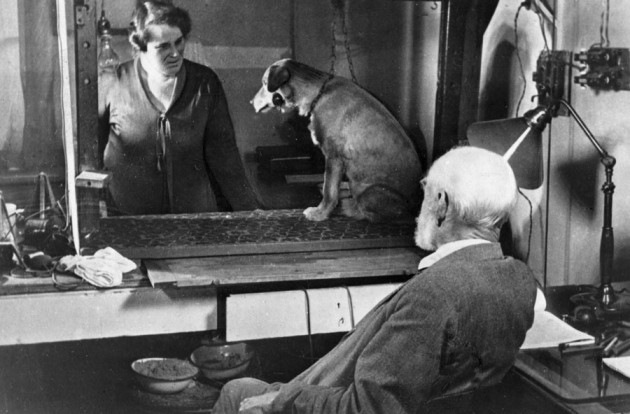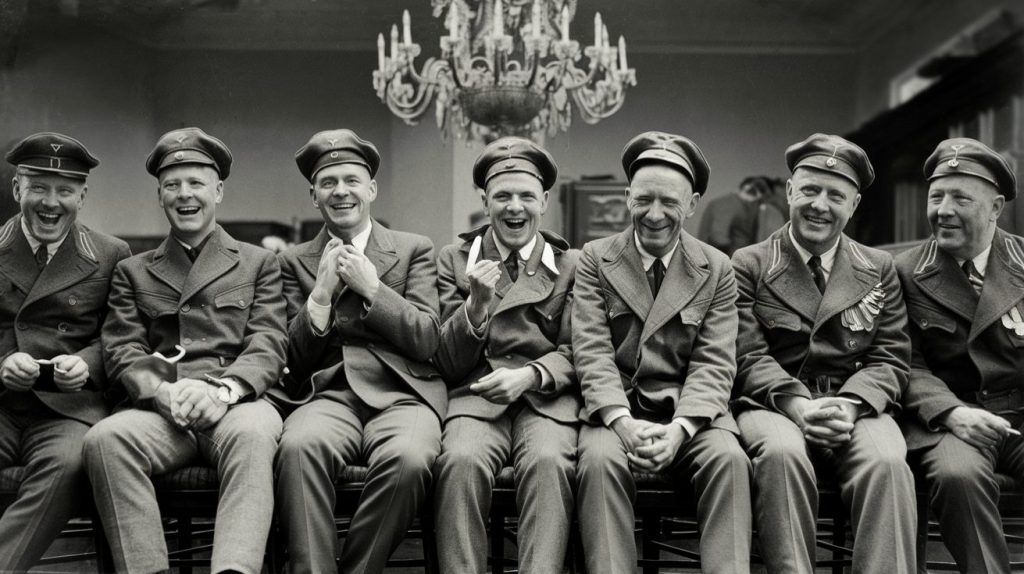 eople think that psychology is something very complex, whilst it isn’t simple it is very easy to understand the social behavior of humans and how these are implied by the brain. With theories that have been developed over the last two centuries, it became much easier to understand the psychology behind social behaviors. However, one research stands out from them all.
eople think that psychology is something very complex, whilst it isn’t simple it is very easy to understand the social behavior of humans and how these are implied by the brain. With theories that have been developed over the last two centuries, it became much easier to understand the psychology behind social behaviors. However, one research stands out from them all.
This experiment took place in 1890 and was designed by Ivan Pavlov, a famous Russian Psychologist from the time who made tremendous advances in this particular field. Pavlov’s experiment involving his dog helped to discover what today we call classical conditioning or respondent conditioning.
Classical Conditioning
Classical conditioning refers to the ability to control or trigger natural behaviors with a new stimulus. Here is an example that will help you better understand.
Imagine a person taking a shower with warm water. Every time someone flushes a toilet in the apartment building the shower becomes very hot, making the person jump back. Over time, the person starts to understand the pattern, and they automatically jump back when they hear a toilet flush even if the water coming out of the shower didn’t change temperature.
The brain loves to create patterns that allow connections to be developed, thus fostering a more effective response time when encountering the same stimulus. In the example above, the brain of the person taking a shower has developed a system where the brain predicts something is going to happen based on a conditioned stimulus (sound of a toilet being flushed) that was accompanied by an unconditioned stimulus (very hot water).
Pavlov’s Experiment
Pavlov spent a lot of time studying the digestive system of dogs and why their gastric acid changes its acidity based on the dog’s diet. During his different experiments observing the biology of dogs, he discovered an interesting nervous reflex that dogs had where they would produce saliva only when they would either see food or eat it.
Pavlov wanted to examine if this nervous reflex could be trained to be triggered by other stimuli apart from food. Pavlov used his dog for this experiment where he surgically rerooted the saliva reduces to the outside of his dog’s cheek in order to see when saliva was produced as well as to measure what sort of stimuli would produce more.

The salivation reflex, as Pavlov called it, was mainly triggered when the dog’s tongue made contact with food. After the same experiment was done a couple of times, the dog started to learn a pattern and salivate before seeing or eating the food. This was caused by the brain anticipating the same action would occur under familiar circumstances.
Pavlov changed the experiment by hiding the food behind a screen before the dog would receive it and also adding a conditioned stimulus in the form of a sound made by a metronome. As this experiment kept being carried day after day, the dog’s brain made the connection which led to the dog salivating only when hearing the ticking noise made by the metronome.
To make this experiment as reliable as possible Pavlov started using different conditional stimuli as well as different dogs and all presented the same exact results, showing that neural reflexes or social behavior can be trained to trigger by different stimuli than natural ones with repetition.
Here is a video showing a recreation of the experiment (not actual footage).
For many years before Pavlov’s discovery, contemporary psychologists treated the human brain as a simple box that would process neural reflexes and automatic reaction to stimuli without taking into consideration that these neural reflexes can be personalized by the different experiences lived by each individual and the brain’s ability to develop and adapt to new stimuli.
“The brain should be researched through the natural reactions of the body it controls”
Ivan Pavlov
After his findings were published the world was amazed by this research. In 1904, Pavlov was nominated for the Nobel Prize in Psychology which he actually won. Pavlov always wanted to go and teach psychology to renowned universities outside of Russia, but Lenin never allowed him as the communists felt that he was the intellectual property of Russia.
Pavlov died in 1936 with thousands of people attending his funeral. Today, Pavlov’s work is seen as the foundation for modern psychology.
Avid Writer with invaluable knowledge of Humanity!
Upcoming historian with over 30 million views online.
“You make your own life.”






